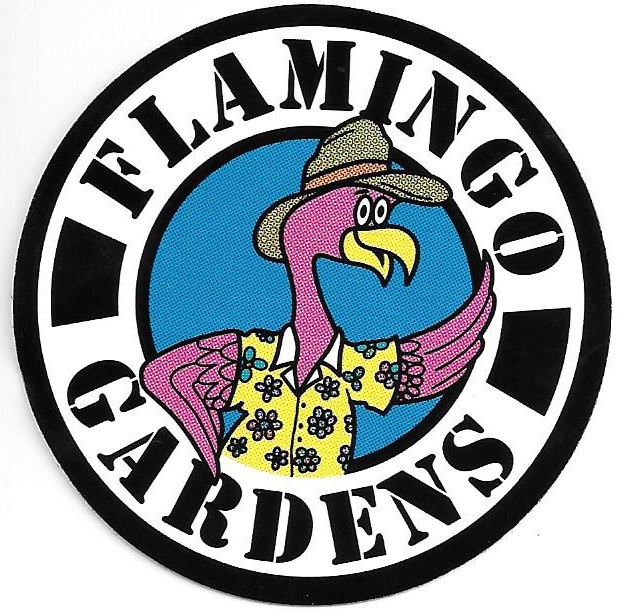Dwarf Firebush
- **Type**: Evergreen shrub (in warm climates) or tender perennial (in cooler zones)
- **Height**: 3 to 4 feet (0.9 to 1.2 meters)
- **Width**: 3 to 4 feet (0.9 to 1.2 meters)
- **Growth Habit**: Compact, rounded, bushy
- **Foliage**:
- Medium green, oval leaves, 2 to 4 inches long (5 to 10 cm)
- Glossy, smooth texture (unlike the native’s hairy leaves)
- Evergreen in frost-free areas; may drop in cold winters
- **Flowers**:
- Clusters of tubular, orange-yellow to red-orange blooms
- About 0.5 to 1 inch long (1.3 to 2.5 cm)
- Bloom season: Spring to fall (April to October), year-round in mild climates
- Lightly fragrant, attracts hummingbirds and butterflies
- **Fruit**:
- Small, black berries, about 0.25 inches (6 mm)
- Appears after flowering, eaten by birds
- **Light**: Full sun (6+ hours daily) for best flowering; tolerates partial shade
- **Soil**:
- Well-drained, adaptable to sandy or loamy soils
- Slightly acidic to neutral (pH 6.0 to 7.0)
- **Watering**: Moderate; drought-tolerant once established, water regularly during first year
- **Hardiness**: USDA Zones 9 to 11 (20°F or -6°C; may regrow from roots in Zone 9)
- **Wildlife**: Attracts hummingbirds, butterflies, and birds; not deer-resistant
- **Care**:
- Prune in late winter or early spring to maintain shape
- Fertilize lightly with a balanced mix (e.g., 10-10-10) in spring
- Shear one-third of height in March, June, October for denser growth if desired
- **Pests/Diseases**:
- Generally pest-free; may see aphids or spider mites
- Susceptible to root rot in soggy soil
- **Uses**: Containers, low hedges, borders, mass plantings, or accent plant
- **Growth Rate**: Fast; can grow 1 to 2 feet per year initially
The Dwarf Firebush’s vibrant orange-yellow flowers and compact size make it a cheerful, low-maintenance choice for sunny gardens or patios, buzzing with pollinators all season. Unlike the native *Hamelia patens*, this non-native cultivar (*Hamelia patens var. glabra*) stays smaller and has smoother leaves. Let me know if you’d like more care tips or planting ideas!
